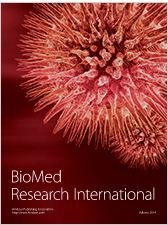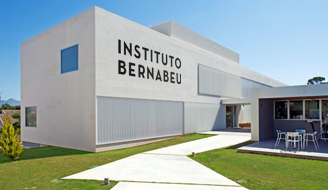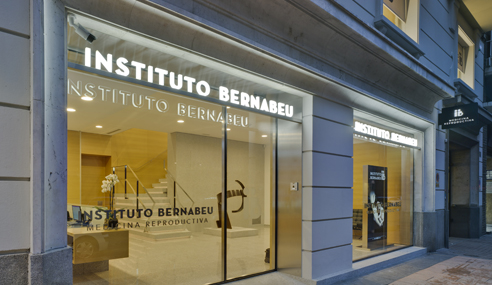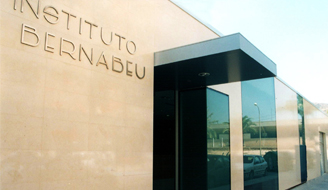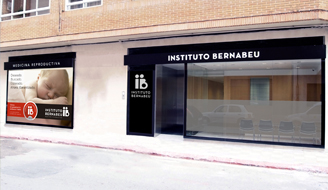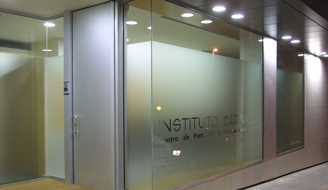Pharmaceutical Options for Triggering of Final Oocyte Maturation in ART
Authors: J. C. Castillo, P. Humaidan, R. Bernabeu
Success in Assisted Reproductive Techniques (ART) is based primarily on the study and understanding of the functioning of the female menstrual cycle. During assisted reproduction techniques (ART) are often used drugs with effects similar to the hormones that a woman produces during its cycles and thus optimize natural biological phenomena to increase reproductive potential. During an ART cycle, the drug used as ovulation triggering is the human chorionic gonadotropin (hCG), the hormone is normally produced during pregnancy and is unique in ovulation triggering, so this took effect in biological treatments in in-vitro fertilization, however, it has disadvantage stimulating the ovary in a very powerful and maintained manner, which is associated to the complication called ovarian hyperstimulation syndrome (OHS).
This scientific paper, published recently in Bio Med Research International journal, explains the current use of alternative drugs (to hCG) whose action is becoming more like a "natural" ovulation without crossing the barrier OHS. We talked first of a drug (GnRH agonist) with similar female hormone that regulates ovulation action; clinical experience demonstrates the safety of this new option as the OHS is drastically reduced. In the very near future and with the discovery of a new molecule produced in the brain that commands ovulatory cycles (the Kispeptinas), it could further improve the control of ovulation in an almost "natural" way, ensuring better pregnancy rates with minimal complications associated.
Pharmaceutical options for triggering of final oocyte maturation in ART. BioMed Research International. vol. 2014, Article ID 580171, 7 pages, 2014. doi:10.1155/2014/580171. July 2014. J. C. Castillo, P. Humaidan, and R. Bernabeu
